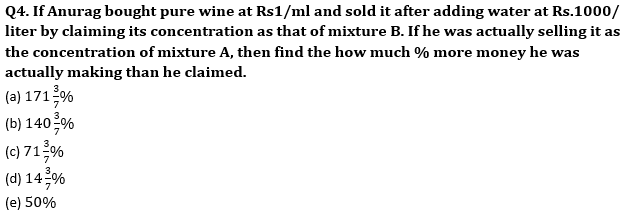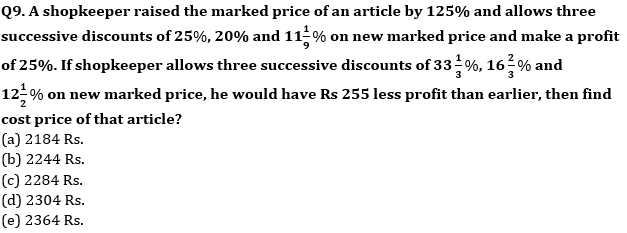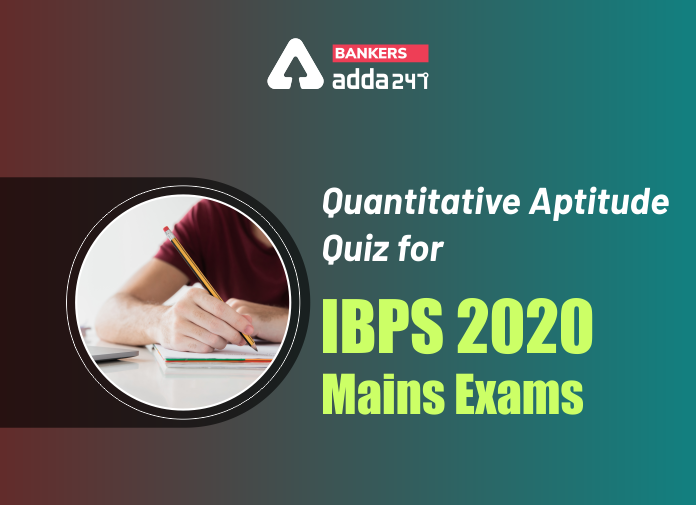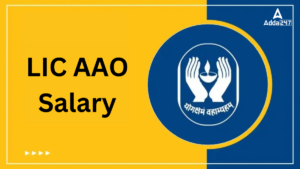Table of Contents
Directions (1-2): A & B entered into a business by making investment of Rs. 7200 and Rs. 9600 respectively. After six months A & B both added amount in the ratio of 7: 10. (Business in which A & B entered last for total 12 months)?
Q1. If Satish & Veer invested equal amount as A & B invested for last six months respectively and both Satish and Veer invested for equal time period. Veer got Rs. 25500 as profit share out of total profit of Rs. 44250, then find the amount that A & B invested for last six months in business.
(a) Rs. 8000 & Rs. 9600
(b) Rs. 6000 & Rs. 7200
(c) Rs.10000 & Rs. 13600
(d) Rs.9600 & Rs. 10800
(e) Rs.7800 & Rs. 8800
Q2. P & Q entered into business by making investment of Rs. 2000 & Rs. 1400 more amount respectively than the amount which A & B invested in second half of business. If at the end of year P & Q got profit in the ratio of 4: 5, then find the difference between investment of P & Q. Given that both P & Q invested for equal time period.
(a) Rs. 2400
(b) Rs. 3000
(c) Rs. 3600
(d) Rs. 2800
(e) Rs. 3200
Directions (3-4): Two liters of mixture A is added to 3 liters of mixture B with ½ liters of water. Mixture A contains 12% water and mixture B contains 93% of wine and 7% of water.
Q3. Find the ratio of water and wine in new mixture if A contains only wine and water.
(a) 19 : 91
(b) 21 : 12
(c) 31 : 13
(d) 12 : 21
(e) 91 : 19

Directions (5-6): A shopkeeper gives a 20% discount on MRP on each ball and if someone bought 45 balls at discounted price, he will also get 15 balls free. Even after selling balls 60 balls on the price of 45, shopkeeper earns 20%.
Q5. Find ratio of MRP of 1 ball to CP[for shopkeeper] of 1 ball.
(a) 2 : 1
(b) 5 : 1
(c) 10 : 1
(d) 3 : 1
(e) 4 : 1

Directions (7- 8): P, Q & R entered into a business by making investment in the ratio of 6 : 8 : 9 respectively. If after a year P & Q added Rs. 1200 and Rs. 400 respectively, while R withdrew Rs. 800 from his initial investment. After second year P, Q & R added Rs. 1600, Rs. 2000 & Rs. 2500 respectively.
Q7. If Q & R invested respective equal amount what they invested for third year in business at the rate of 20% and 10% in simple interest and they get total interest of Rs. 6300 after two years, then find the amount invested by Q & R in third year?
(a) Rs. 12000 & Rs. 12600
(b) Rs. 14400 & Rs. 14700
(c) Rs. 10400 & Rs. 10700
(d) Rs. 12200 & Rs. 12500
(e) Rs. 18200 & Rs. 17900
Q8. If P & Q invested 75% and 50% of respective equal amount as what they invested for second year in business at the rate of 15% and 20% on simple interest for three and two years respectively. At end P got Rs. 665 more as interest than what Q got. Find total initial investment of P, Q & R together?
(a) Rs. 18800
(b) Rs. 19600
(c) Rs. 18400
(d) Rs. 24400
(e) Rs. 22800

Q10. A mixture contains milk and water in the ratio of 9 : 2. 44 lit of mixture is taken out and 12 lit of water is added to it, such that ratio of milk to water becomes 3:1. Now another mixture of 64 lit having milk and water in ratio of 3:5 is added to it. Find ratio of milk to water in the final mixture?
(a) 32 : 17
(b) 34 : 19
(c) 7 : 4
(d) 24 : 11
(e) 33 : 19
Q11. A shopkeeper sells an article at Rs. 720 by making a profit of x% and on interchanging selling price with cost price, it would have a loss of y%. Find the selling price if an article was sold at y% profit whose cost price is Rs.720 (given x : y = 9 : 7)
(a) Rs. 810
(b) Rs. 800
(c) Rs. 1100
(d) Rs. 880
(e) Rs. 660
Directions (12-14): A article is mark up above cost price such that markup percent is double of the profit percent. If discount is 12.5%, then profit percent increased by 33⅓%.
Q12. On selling 20 such article, profit is Rs.300. Find the M.P. of each article.
(a) Rs.60
(b) Rs.160
(c) Rs.80
(d) Rs.240
(e) Rs.72
Q13. If shopkeeper cheat his customer by giving 20% less quantity and reducing value of discount percentage by 20% then find the new profit percent.
(a) 60%
(b) 75%
(c) 62.5%
(d) 80%
(e) 70%
Q14. Initially shopkeeper have 20 articles. Out of 20, 7 articles damaged and remains unsold. Marked Price should he labeled by how much percent more than cost price so that his overall profit does not change neither his discount percentage.
(a) 156%
(b) 146%
(c) 136%
(d) 120%
(e) 125%
Q15. Ratio of investment of Ayush and Bhavya is 1 : 2 and Bhavya withdraw whole amount from the business after 4 months while ayush invested for whole year. Chetna joins the business with the investment of ‘P’ Rs in a month after Bhavya had withdrawn from the business. At the end of the year Ayush and Chetna share same amount of profit, if investment of Bhavya is Rs 4800, then which of the following may be the investment of the Chetna (in Rs.). (Given that Chetna’s period of investment is an integer.)
(i). 3600
(ii). 7200
(iii). 4800
(iv). 14400
(v). 10800
(a) (i) and (iii)
(b) only (iii)
(c) (i), (ii) and (iii)
(d) (i), (ii), (iii) and (iv)
(e) (i), (ii) and (iv)
Practice More Questions of Quantitative Aptitude for Competitive Exams:
Solutions










Practice with Crash Course and Online Test Series for IBPS Clerk Prelims:
- Bank Test Pack Online Test Series (12 Months)
- IBPS PO and Clerk Prime 2020-21 Online Test Series
- SBI PO Prime 2020-21 Online Test Series
Click Here to Register for Bank Exams 2020 Preparation Material




 GA Capsule for SBI Clerk Mains 2025, Dow...
GA Capsule for SBI Clerk Mains 2025, Dow...
 The Hindu Review October 2022: Download ...
The Hindu Review October 2022: Download ...
 LIC AAO Salary 2025, Revised Structure, ...
LIC AAO Salary 2025, Revised Structure, ...





